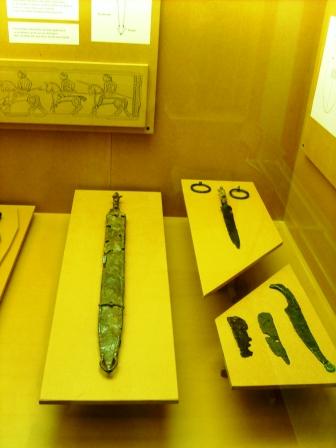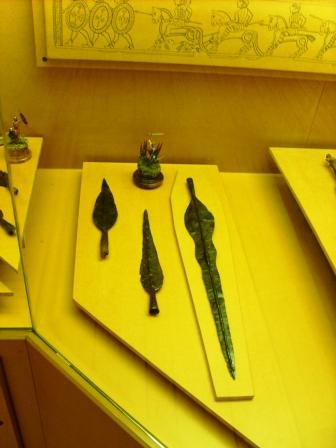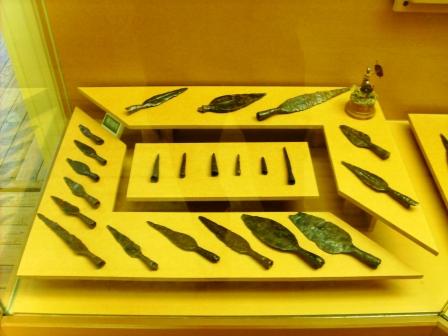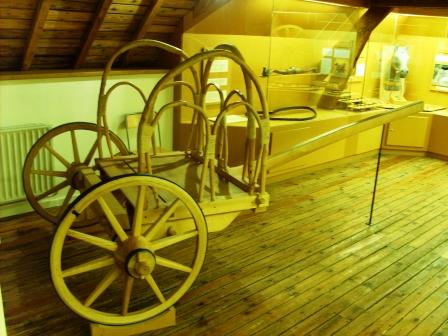Posts: 1,532 Location: Tennessee
Sun 10 Oct, 2010 8:58 am
I would expect at least some of these spear heads to have been hafted so that they could be thrown effectively. Several authors mentioned volley's of thrown weapons, including spears, from pre-Roman Gaul era through Merovingian era. Some Medieval illustrations of cavalry even seem to depict lances flying through the air as if the horsemen had thrown them as late as 11th or 12th century.
If we agree on the concept of sizing a shaft for throwing, than one can see that a men's, regulation, minimum allowable length, Olympic javelin made of solid "green air dried ash" (about 0.85 gram/ cm^3 density) has ample mass left for head weight if it has an average shaft diameter of 1 cm or slightly larger. A tapering design is actually preferred such that the shaft would be thicker near the center and butt than at the head. However, if the javelin shaft has an average diameter of 3/4" (about 1.9 cm), the mass taken up by the ash lumber leaves almost no room or remaining weight for head mass, and it's impractical.
The small shaft size sounds suspicious, but bowyers and others will appreciate the resilience of somewhat green staves made from straight young saplings with growth rings intact all of the way up and down the stave. I think it was Procopius who described Merovingians as thrusting winged spears into opponents
shields, and then stepping on the hafts to drag down the opponent's shield. In that case, he mentioned the spear shaft as being "covered in iron." I have wondered if that was something like thin reinforcement strips of iron meant to prevent a thin shaft from breaking.........



